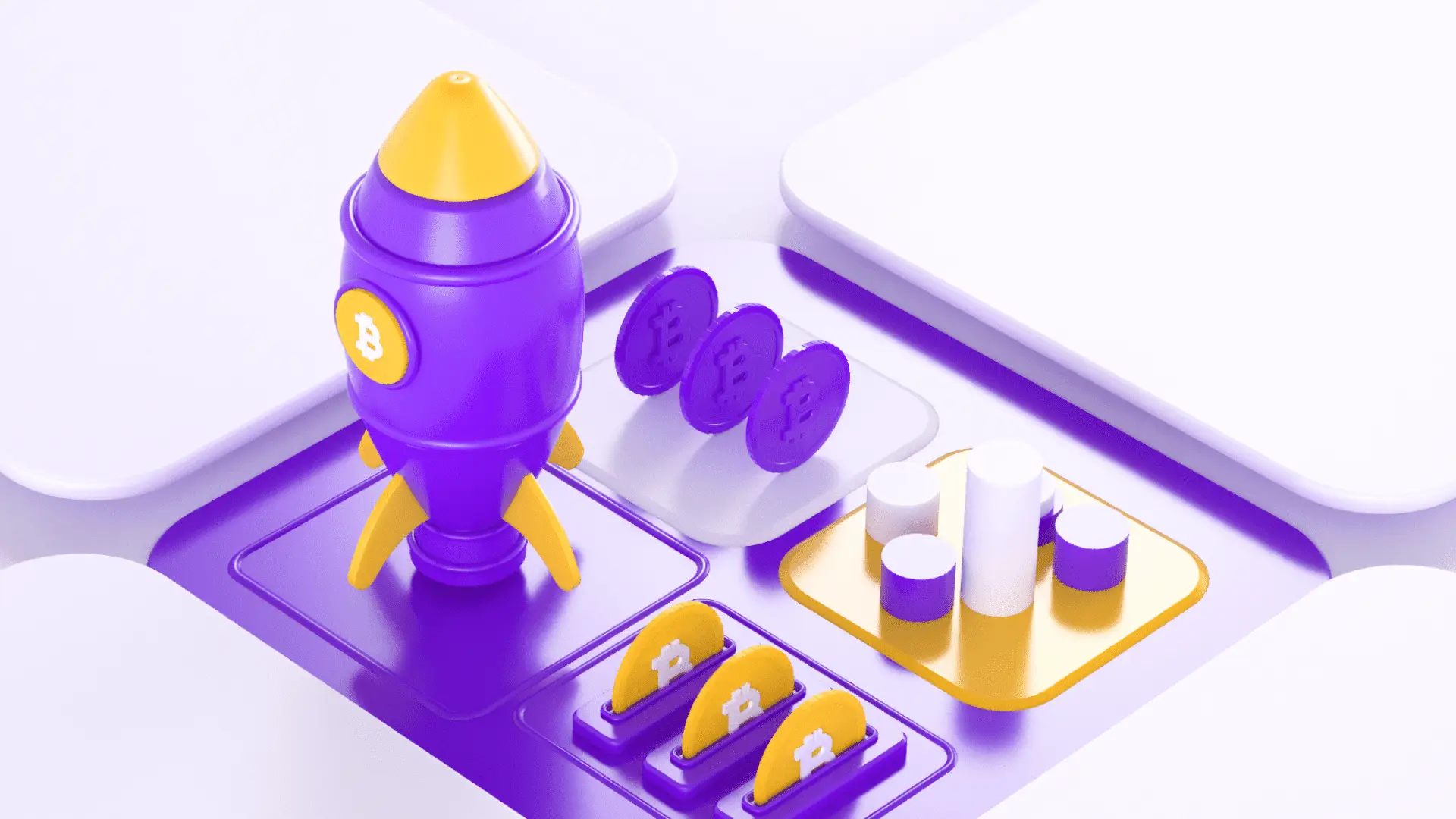Digital currency is like a jungle: exotic and enticing, but one wrong step can lead to a trap. If you are thinking about how to choose the first cryptocurrency for investment, know that you have already taken an important step: you didn’t rush blindly, but decided to figure things out. Investing in digital assets is not magic or a game of roulette, but rather analysis, strategy, and a bit of intuition. The main thing is to understand that behind a shiny token lies not just a price, but technology, an idea, and a team.
How to choose the first cryptocurrency for investment: don’t fall for the hype
Chasing after quick gains is a common trap for beginners. Instead, ask yourself questions like, “What is behind this asset? Who is developing it? Does the project have real-world applications?” The answers to these questions are your first filter. This is how you make an informed choice, rather than impulsively buying a coin that’s popular.
For beginners investing in cryptocurrency, rely on metrics rather than others’ opinions on social media: market capitalization, trading volumes, liquidity, and support levels on exchanges. You don’t need to become a blockchain engineer, but basic concepts are a must.
What to look for when choosing tokens: a checklist
Before investing your first funds, it’s important to evaluate a cryptocurrency based on real indicators, not just a fancy logo and a catchy name. Below are basic parameters to help distinguish a promising asset from a temporary bubble:
- market capitalization of cryptocurrencies — an indicator of the asset’s weight in the industry;
- technology — understand what’s behind the coin: PoW or PoS, unique algorithms, scalability capabilities;
- cryptocurrency security — frequency of hacks, vulnerabilities, network protection level;
- liquidity — how easy it is to buy or sell the asset without losses;
- platform — what the token is built on: its own blockchain or another project’s chain;
- risk — how susceptible the asset is to sharp fluctuations, previous attacks it has faced;
- volatility — price fluctuations: the higher it is, the higher the potential gains… and losses;
- community and support — a vibrant community is a sign of development, not a “dead” project.
This set of criteria will allow you to view crypto assets not through the lens of noise and hype, but from a standpoint of common sense — just like an investor, not a player reacting to every news spike, would choose their first cryptocurrency for investment.
Best cryptocurrency for beginners: who’s at the top for a start
Not sure which cryptocurrency to start investing in? Let’s look at assets that have already proven their worth.
Bitcoin (BTC)
The digital gold where it all began. Not the fastest or most technologically advanced, but the most reliable in terms of stability and capitalization.
Ethereum (ETH)
An ecosystem for smart contracts and decentralized applications. If Bitcoin is a safe, Ethereum is a whole world where Web3 is being built.
Polygon, Solana, Cardano
Not just alternatives to top blockchains, but independent ecosystems, each with its own philosophy and technical features. Polygon is built as a layer on top of Ethereum, helping to scale its capabilities and reduce fees. It is popular among DeFi projects and NFT platforms due to its high transaction speed and low operation costs.
Solana focuses on speed. Thanks to its innovative consensus model, it processes thousands of transactions per second, making it attractive for gaming, micropayments, and real-time applications. However, Solana has faced stability issues due to its speed.
Cardano takes a more academic approach: slow but steady. The project evolves through scientific research, carefully crafted architecture, and phased updates.
For those needing their first cryptocurrency for investments, assets with broad support, a clear monetization model, and high liquidity are suitable.
What to do after purchasing
Buying a token is not an investment in itself. A true investor doesn’t just hold an asset but manages it consciously, diversifying risks and evaluating potential. Understanding how to choose the first cryptocurrency for investments starts with a logical portfolio approach: allocate a reliable portion to Bitcoin, a part to technological blockchain platforms, and a small portion to riskier but promising projects.
Build a portfolio considering various factors: timelines, goals, risk levels. Monitor market changes, read reports, check roadmap updates. Only then will your cryptocurrency investments for beginners not turn into emotional swings with every red candlestick pattern.
Beginner mistakes: what NOT to do when investing for the first time
Many beginners make the same mistakes. For instance, investing more than they can afford to lose, forgetting that risk is not just a figure of speech but a real threat to their budget.
Frequent shifts between projects only disrupt the strategy: chaos replaces stability. Ignoring security is also unacceptable — cold wallets, two-factor authentication, and avoiding storing large sums on exchanges are minimum precautions to start with.
And perhaps one of the riskiest strategies is blindly following others’ advice from Telegram or forums. Understanding how to choose the first cryptocurrency for investments doesn’t come from subscriptions but from personal analysis, project comparisons, and making informed decisions.
Forming a strategy: steps to avoid chaos
To avoid drowning in information overload and haphazard decisions, you need to develop a clear strategy. Not just a set of actions, but a system that helps you stay focused and adapt to market changes. Below are the main steps to help you stay on course:
- study the market and define your goals: rapid growth, long-term profitability, or diversification;
- determine your budget and acceptable volatility level;
- choose assets based on the criteria described above;
- diversify your portfolio by risk: from stable (BTC, ETH) to lesser-known tokens;
- use tracking tools: CoinMarketCap, Glassnode, DeFiLlama;
- regularly reassess your portfolio — the market changes, and so do you.
These steps will not only help you get started but also confidently move towards informed investing, where each action is based on logic, not emotions.
How to choose the first cryptocurrency for investments and not regret it
Approaching the question of how to choose the first cryptocurrency for investments should be as responsible as choosing a partner for a tango. Rushing is not your ally. By understanding the metrics of a cryptocurrency, its technologies, and adequately assessing your risk profile, you are creating not just a set of tokens but an investment tool that can be the beginning of your financial growth.
Digital assets are a chance to enter a new financial landscape. And as much as you might want to “make a quick buck on the hype,” it’s better to start with understanding. Only then will the first cryptocurrency for investments turn into a well-thought-out decision, not a lottery ticket!
 en
en  ru
ru  de
de  ar
ar  es
es  nl
nl  hi
hi  fr
fr  it
it  pt
pt  el
el 




